
Kuressaare: The Tranquil Heart of Saaremaa Island
Discover Kuressaare, a tranquil city on Saaremaa Island, Estonia, where medieval history, serene spas, and natural beauty create a perfect escape from modern life.
Nestled on the picturesque island of Saaremaa, Kuressaare is a serene escape from the hustle and bustle of modern life. This charming city, known for its rich history and natural beauty, offers visitors a unique blend of cultural heritage and tranquil landscapes. Kuressaare's medieval castle, a well-preserved fortress surrounded by a moat, stands as a testament to the city's storied past and is a must-visit for history enthusiasts. Strolling through the streets of Kuressaare, you'll find an array of cozy cafes, boutique shops, and inviting parks. The city's spa culture, rooted in its history as a health resort, provides a perfect opportunity to unwind and rejuvenate. Don't miss the chance to indulge in a traditional Estonian spa experience, complete with sauna and mud treatments. Nature lovers will be enchanted by the surrounding scenery, with the Baltic Sea's gentle waves and lush forests providing ample opportunities for outdoor activities. Whether you're exploring the nearby Vilsandi National Park or simply enjoying a peaceful walk along the coastal paths, Kuressaare offers a refreshing retreat into nature's embrace.
Local tips in Kuressaare
- Visit the Kuressaare Castle early in the morning to avoid crowds and enjoy the serene ambiance.
- Take advantage of the city's renowned spa facilities; book treatments in advance to ensure availability.
- Rent a bike to explore the scenic coastal paths and nearby attractions at your own pace.
- Sample local Estonian cuisine at the traditional restaurants around the main square.
- Check the local calendar for cultural events and festivals to experience Kuressaare's vibrant community life.
Kuressaare: The Tranquil Heart of Saaremaa Island
Nestled on the picturesque island of Saaremaa, Kuressaare is a serene escape from the hustle and bustle of modern life. This charming city, known for its rich history and natural beauty, offers visitors a unique blend of cultural heritage and tranquil landscapes. Kuressaare's medieval castle, a well-preserved fortress surrounded by a moat, stands as a testament to the city's storied past and is a must-visit for history enthusiasts. Strolling through the streets of Kuressaare, you'll find an array of cozy cafes, boutique shops, and inviting parks. The city's spa culture, rooted in its history as a health resort, provides a perfect opportunity to unwind and rejuvenate. Don't miss the chance to indulge in a traditional Estonian spa experience, complete with sauna and mud treatments. Nature lovers will be enchanted by the surrounding scenery, with the Baltic Sea's gentle waves and lush forests providing ample opportunities for outdoor activities. Whether you're exploring the nearby Vilsandi National Park or simply enjoying a peaceful walk along the coastal paths, Kuressaare offers a refreshing retreat into nature's embrace.
When is the best time to go to Kuressaare?
Iconic landmarks you can’t miss
Kuressaare linnus
Explore Kuressaare Castle, a historical gem in Estonia's Saare County, where medieval history meets stunning architecture in a picturesque setting.
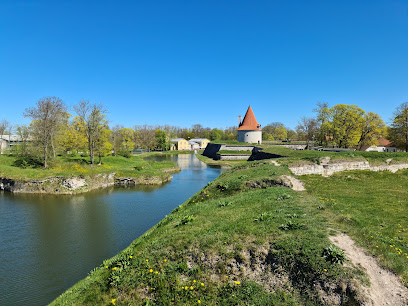
Suur Tõll ja Piret
Explore the enchanting tales of Estonian folklore at Suur Töll and Piret, a captivating attraction in Kuressaare's scenic park.
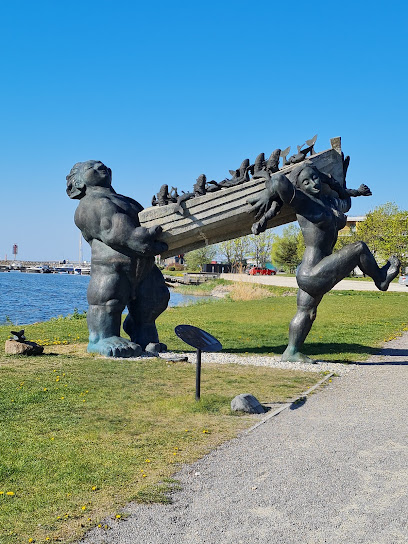
Kuressaare raekoda – Saaremaa Vallavolikogu
Explore the historic Kuressaare Raekoda, a beautiful municipal office and art gallery in the heart of Saaremaa, Estonia.
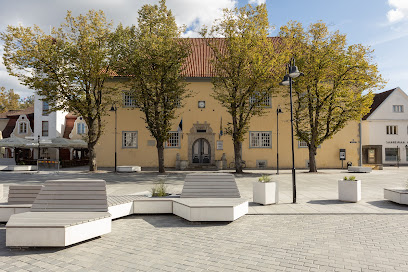
SAARE KEK
Experience the vibrant blend of history, entertainment, and culture at Saare KEK, a must-visit museum and event venue in Kuressaare.
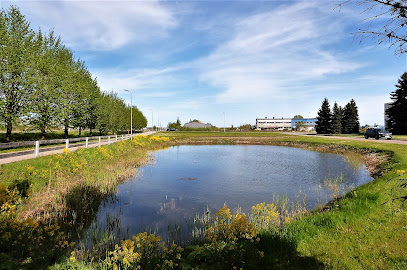
Saaremaa Muuseum
Explore the vibrant history and culture of Saaremaa at the Saaremaa Muuseum, a captivating destination for curious travelers.
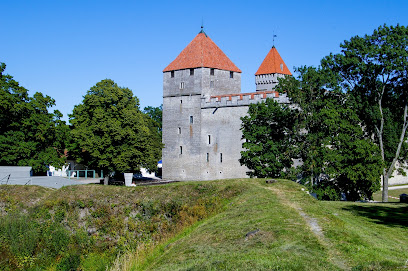
Keskaja Elamuskeskus/ Medieval Activity Centre/ Archebald
Experience the allure of the Middle Ages at Keskaja Elamuskeskus, where adventure, history, and fun come together in a captivating theme park setting.
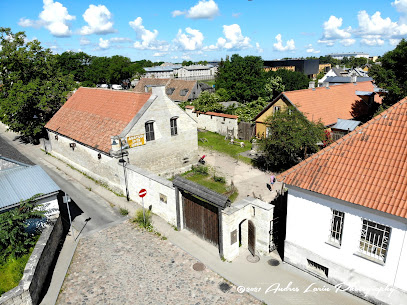
Laurentiuse kirik
Explore the historical and architectural wonders of Laurentiuse Kirik, a serene church and tourist attraction in the heart of Kuressaare, Saare County.
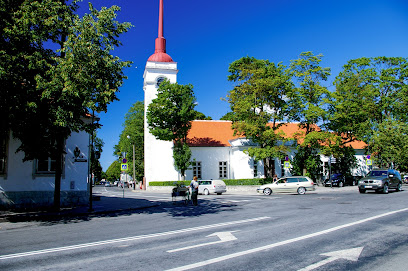
Kuressaare Siioni kirik
Discover the historical charm of Kuressaare Siioni Church, an architectural gem in Saare County, Estonia, perfect for serene reflection and cultural exploration.
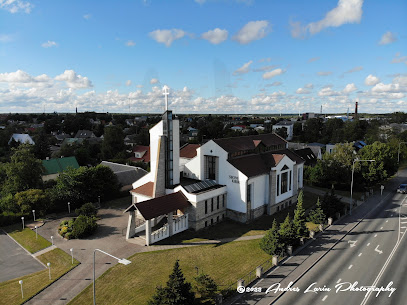
Kuressaare birdwatching tower
Experience the beauty of nature at Kuressaare Birdwatching Tower, where breathtaking views and diverse birdlife await every visitor.
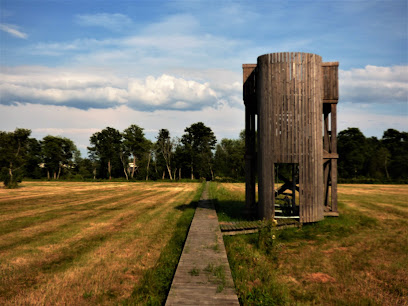
Vabadussõjas langenud saarlaste mälestusmärk
Explore the Vabadussõjas Fallen Saare People Memorial in Kuressaare, a moving tribute to Estonia's fight for independence surrounded by stunning natural beauty.
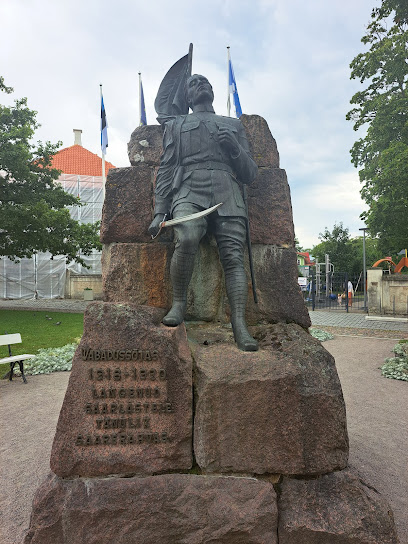
The Aavik House Museum
Explore the rich heritage and captivating stories of Saare County at The Aavik House Museum in Kuressaare, a must-visit cultural destination.
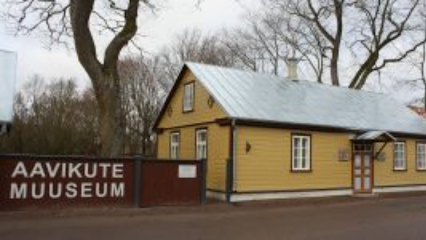
Suursild
Discover the charm of Suursild, a historical bridge in Kuressaare, where stunning views and rich cultural heritage await every visitor.
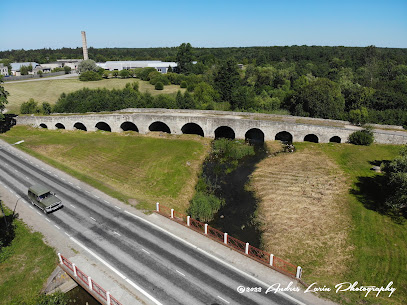
Sadamaait
Discover the vibrant local arts scene at Sadamaait, a premier performing arts theater in Kuressaare, showcasing Estonian talent and creativity.
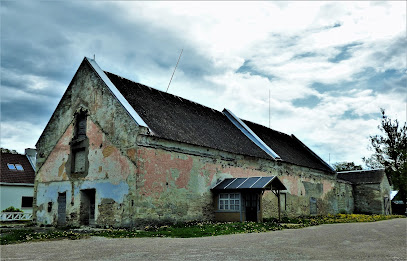
Kuressaare kindluse pukktuulik
Explore Kuressaare Castle, a stunning medieval fortress that showcases Estonia's rich history and breathtaking architecture in a picturesque setting.
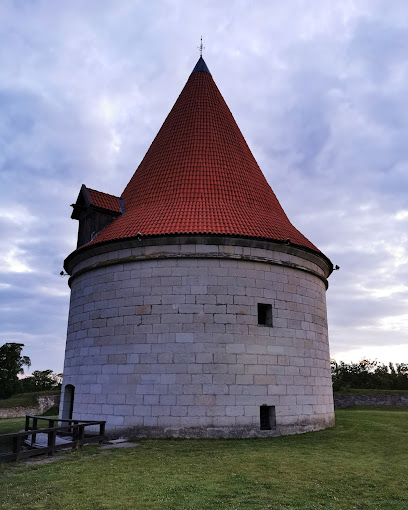
Kuressaare linnuse vallikraav
Experience the tranquil beauty of Kuressaare Linnuse Vallikraav, where nature meets history in a stunning lakeside setting.
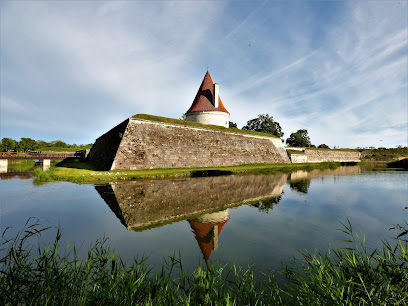
Unmissable attractions to see
Kuressaare linnus
Discover the enchanting Kuressaare Castle, a medieval marvel and history museum in the heart of Saare County, Estonia's cultural gem.
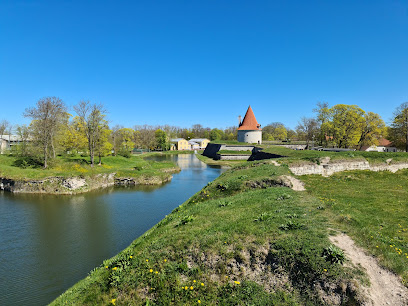
Kaali kraater
Explore the stunning beauty and geological wonder of Kaali Kraater, a unique meteorite impact site in Estonia's Saare County.
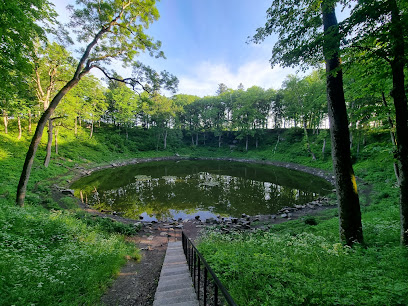
Angla Windmill Park
Experience the beauty and culture of Angla Windmill Park, a charming tourist attraction in Saaremaa, Estonia, showcasing historic windmills and stunning landscapes.
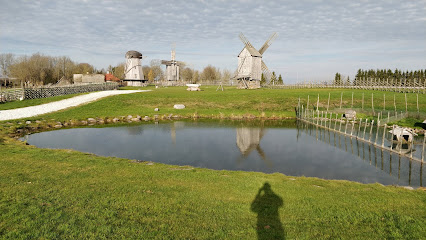
Kaali meteoriitika ja paekivimuuseum
Discover the cosmic history at Kaali Meteorite Crater and Museum in Saare County, Estonia - a unique blend of science, nature, and culture.
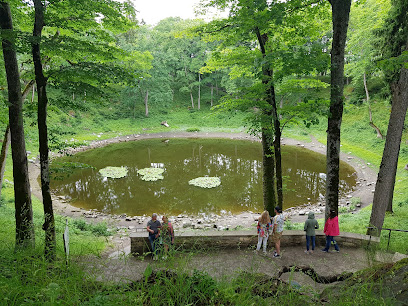
Suur Tõll ja Piret
Explore the enchanting sculptures of Suur Tõll and Piret in Kuressaare, a captivating glimpse into Estonian folklore amid scenic landscapes.
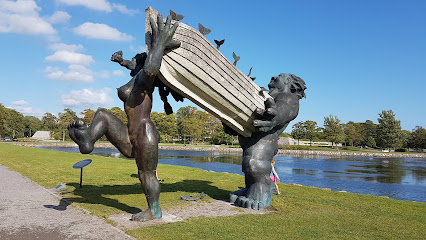
SAARE KEK
Experience the essence of Saare County at Saare Kek, where history, adventure, and live music come together for an unforgettable visit.
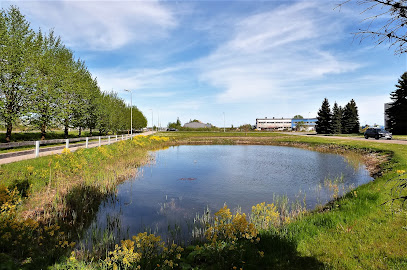
Thule Koda / Thule Kino / Konverentsid
Discover Thule Koda in Kuressaare, a unique cultural spot blending museums, cinema, and dining for unforgettable experiences.
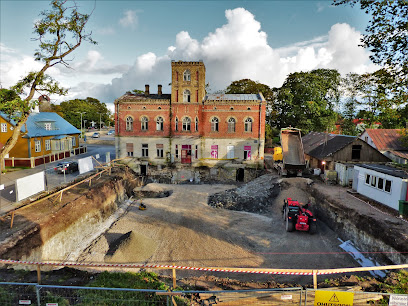
Salme ship's funeral
Explore the captivating Salme ship's funeral site in Estonia, a unique historical landmark revealing ancient Viking maritime traditions.
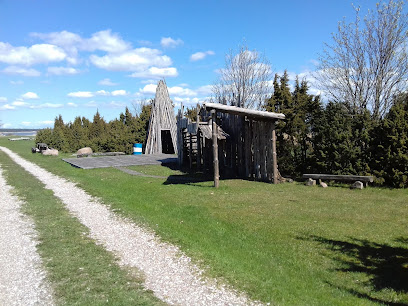
Saaremaa Muuseum
Explore Saaremaa Muuseum: a cultural gem in Kuressaare that uncovers the island's captivating history and heritage.
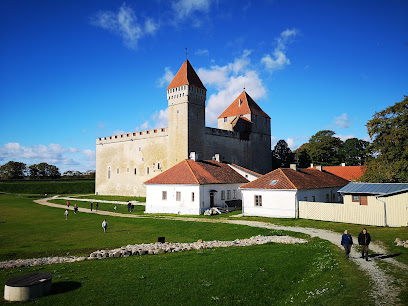
Keskaja Elamuskeskus/ Medieval Activity Centre/ Archebald
Explore the captivating Keskaja Elamuskeskus in Kuressaare, where medieval history comes alive through interactive exhibits and thrilling activities for all ages.
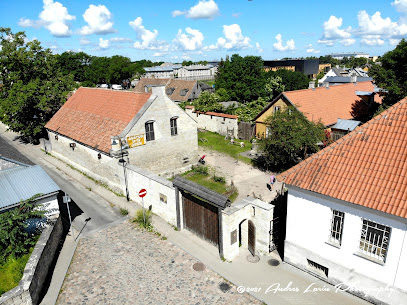
Boulder Piretikivi
Discover the breathtaking Boulder Piretikivi in Saare County, a stunning natural attraction perfect for nature lovers and photography enthusiasts.
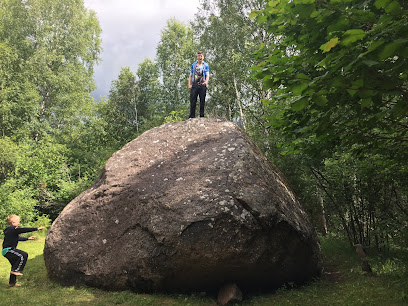
Laurentiuse kirik
Explore the serene beauty and historical significance of Laurentiuse Kirik, a captivating medieval church in Kuressaare, Saare County.
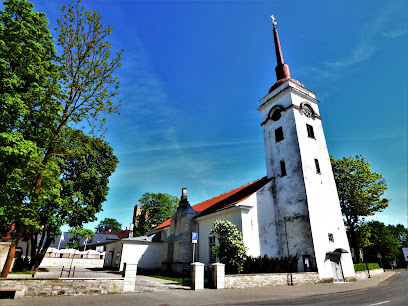
Kaarma maalinn
Discover the enchanting Kaarma Maalinn, a historical fortress in Saare County, Estonia, offering a unique glimpse into the past amidst stunning natural beauty.
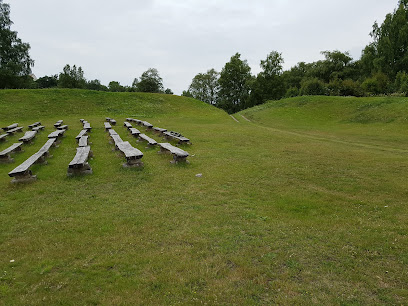
Musumänniku terviserajad
Discover the beauty of Musumäniku Terviserajad, a breathtaking hiking area in Kuressaare, where nature meets adventure.
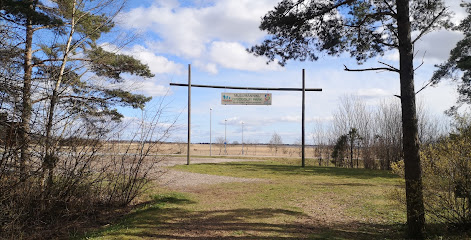
Kuressaare Siioni kirik
Explore the tranquil Kuressaare Siioni Kirik, a historical church in Saare County, offering stunning architecture and serene ambiance for visitors.
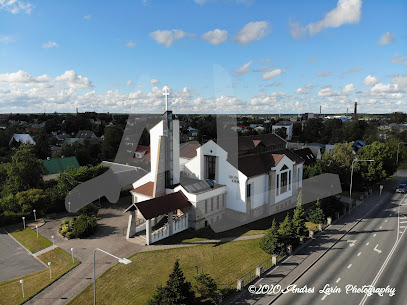
Essential places to dine
Saaremaa Veski
Experience authentic Estonian cuisine in a historic mill setting at Saaremaa Veski – where tradition meets taste.

Grand Rose Spa Hotel
Discover ultimate relaxation at Grand Rose Spa Hotel in Kuressaare - where luxury meets tranquility amidst beautiful Estonian landscapes.
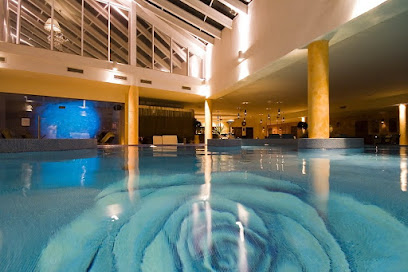
GOSPA / Georg Ots Spa Hotel
Experience unparalleled luxury at GOSPA / Georg Ots Spa Hotel in Kuressaare - where exquisite dining meets ultimate relaxation.
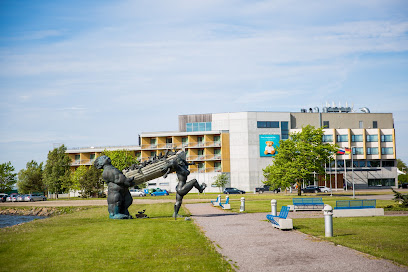
Johan Spa Hotell
Discover relaxation at Johan Spa Hotell in Kuressaare – where luxury meets tranquility amidst beautiful surroundings.

Castello Restoran Pizzeria
Experience authentic Italian cuisine at Castello Restoran Pizzeria in Kuressaare – where every meal is a celebration of flavor.
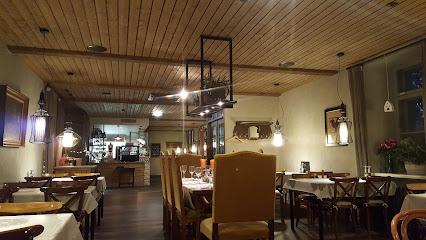
Spa Hotel Meri
Experience luxury and relaxation at Spa Hotel Meri in Kuressaare – where fine dining meets wellness amidst stunning coastal beauty.
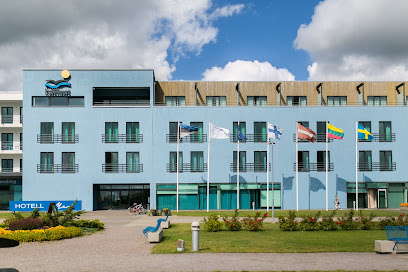
Ku-Kuu Fish Restaurant and Guesthouse in Kuursaal
Discover exquisite seafood dining at Ku-Kuu Fish Restaurant and Guesthouse in Kuressaare's beautiful lossipark.
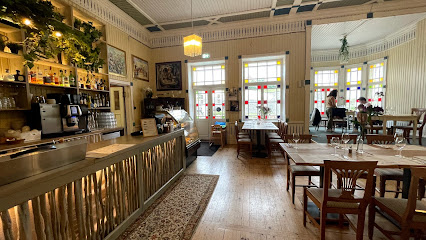
Arensburg Boutique Hotel & Spa
Discover serenity at Arensburg Boutique Hotel & Spa in Kuressaare - where luxury meets local charm amidst beautiful surroundings.

Chameleon Lounge
Experience exquisite sushi and creative cocktails at Chameleon Lounge, Kuressaare's premier dining destination for food lovers.

Ristorante la Perla
Experience authentic Italian cuisine at Ristorante La Perla in Kuressaare—where every dish tells a story.
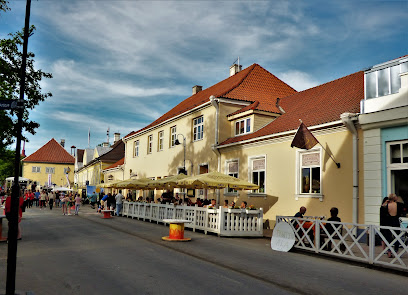
Kodulinna lokaal
Experience authentic Estonian cuisine at Kodulinna Lokaal - a cozy gastropub in Kuressaare offering delicious meals and friendly service.
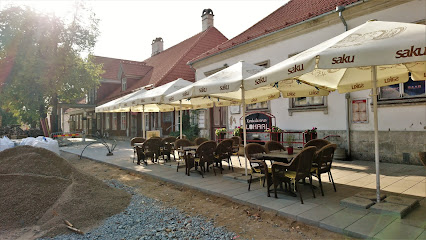
Resto HAFEN
Discover exquisite local cuisine at Resto HAFEN in Kuressaare – a culinary journey through Saare County's rich flavors.
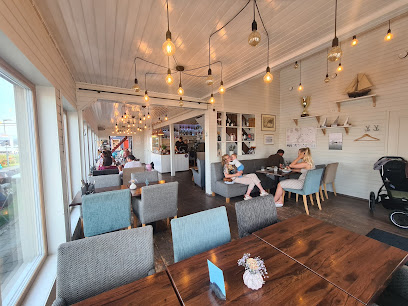
Hesburger
Discover delicious fast food at Hesburger in Kuressaare – perfect for quick bites after exploring Saare County's beautiful sights.
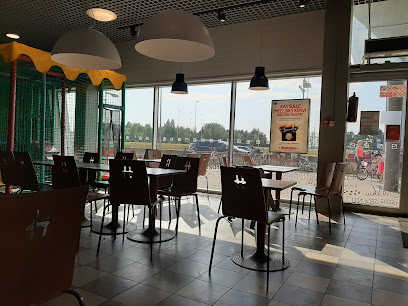
Pritsumaja Grill & Bar
Discover delicious local cuisine and international flavors at Pritsumaja Grill & Bar in Kuressaare's vibrant dining scene.
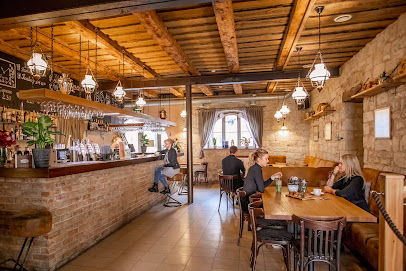
PÖIDE GRILLHOUSE
Discover culinary delights at Pöide Grillhouse – where fresh ingredients meet Estonian hospitality in Kuressaare.
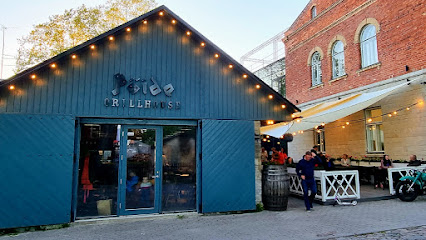
Markets, malls and hidden boutiques
Auriga Kaubanduskeskus
Experience an exceptional shopping adventure at Auriga Kaubanduskeskus, where variety meets enjoyment in the heart of Saare County.
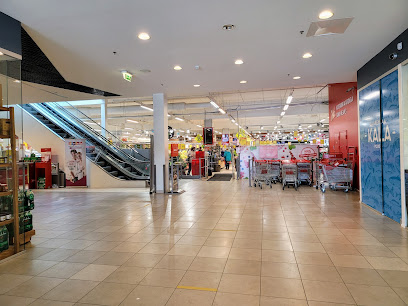
Saaremaa Kaubamaja
Explore Saaremaa Kaubamaja, a vibrant shopping mall in Kuressaare offering unique local products, diverse shops, and delightful dining options.
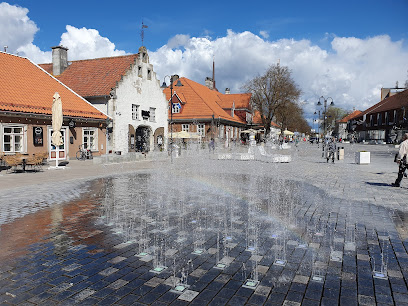
Magaziin
Explore Magaziin in Kuressaare for exquisite home goods, local crafts, and unique gifts that embody Estonian style and charm.
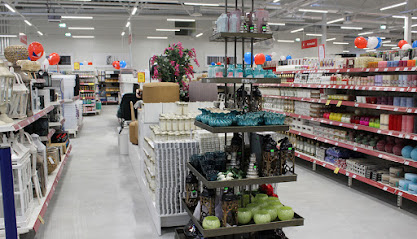
Mareti kaubamaja
Explore Mareti Kaubamaja, a vintage gem in Kuressaare offering unique second-hand clothing and sustainable shopping experiences.
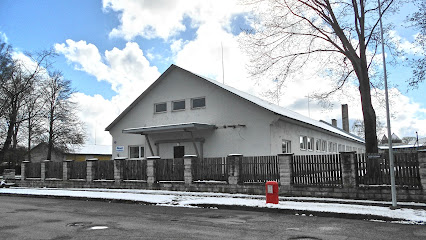
Kuressaare Rahva Raamat
Explore Kuressaare Rahva Raamat, a charming bookstore offering a delightful array of literature and a cozy atmosphere in the heart of Saaremaa Island.
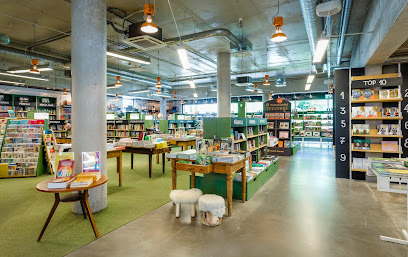
Kuressaare Humana
Explore Kuressaare Humana: A vintage treasure trove in the heart of Saare County, perfect for unique fashion finds and sustainable shopping.

Coop Roomassaare kauplus
Explore the local flavors and unique products at Coop Roomassaare Kauplus in Kuressaare, a charming shopping destination in Saare County.
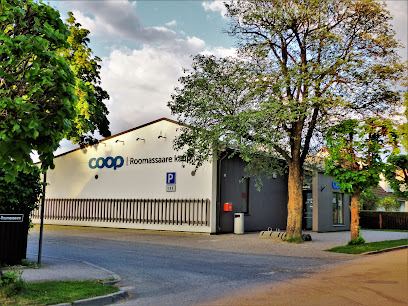
Grete ME OÜ
Explore Grete ME OÜ in Kuressaare for stylish clothing that reflects the charm of Saare County, perfect for tourists and fashion lovers alike.
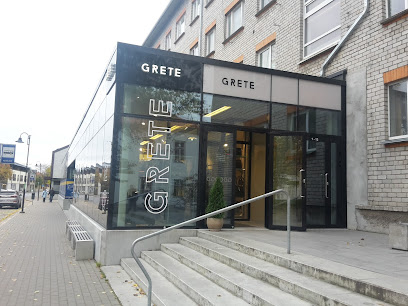
Sportland Kuressaare
Explore Sportland Kuressaare for a diverse range of sportswear and accessories, perfect for every adventurer and fitness enthusiast visiting Kuressaare.
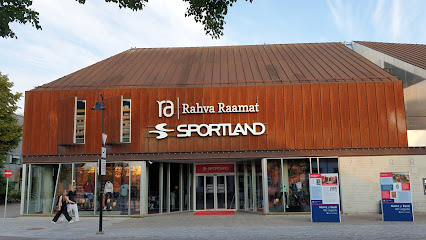
Höme
Explore Höme in Kuressaare for unique gifts, vintage furniture, and artistic supplies that embody local craftsmanship and charm.
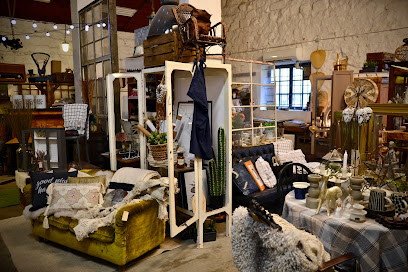
Sarapiku pood
Explore Sarapiku Pood, a charming boutique in Kuressaare, offering unique organic products, clothing, and custom souvenirs that capture Estonian culture.
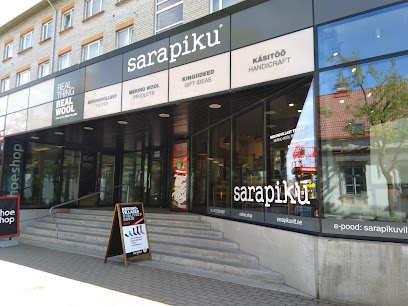
Ferrumi kaubamaja
Discover the unique blend of shopping and art at Ferrumi Kaubamaja, Kuressaare's premier department store and artistic haven.
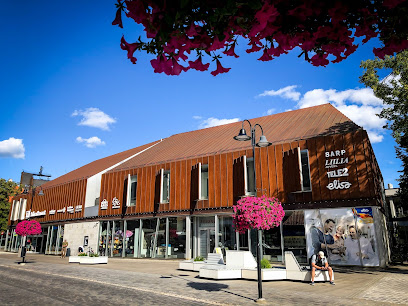
Von Wicca Candles
Explore the artistry of Von Wicca Candles in Kuressaare, where handcrafted elegance meets enchanting fragrances for an unforgettable experience.
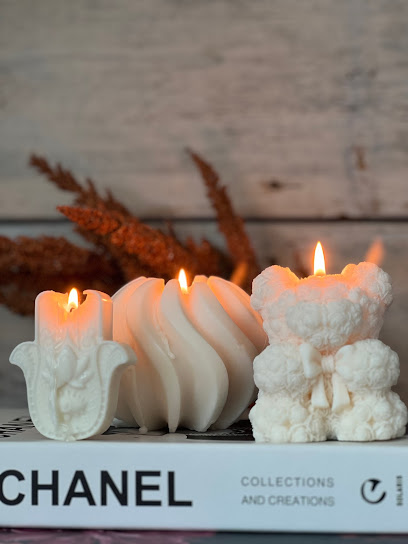
Uue Kaubad OÜ
Explore Uue Kaubad OÜ in Kuressaare, where unique clothing styles meet local charm in a delightful shopping experience.
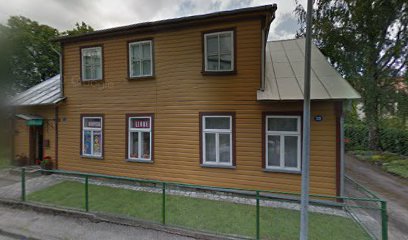
Varamu OÜ
Explore Varamu OÜ in Kuressaare for rare books and antiques that tell stories of the past, perfect for every literary enthusiast.

Essential bars & hidden hideouts
Mönus Villem
Experience the heart of Estonian culture at Mönus Villem, a vibrant pub in Kuressaare offering local cuisine and drinks in a cozy setting.
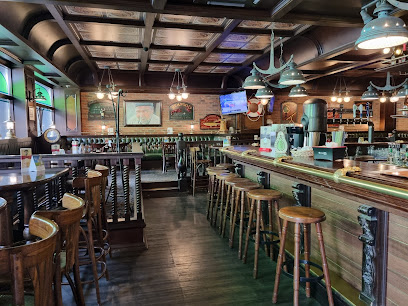
Saaremaa Veski
Experience the rich flavors and history of Saaremaa at Saaremaa Veski, a charming restaurant set in a historical landmark in Kuressaare.
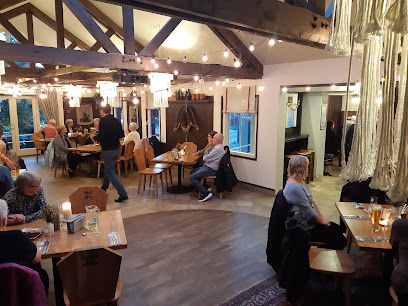
Castello Restoran Pizzeria
Discover the authentic taste of Italy in Estonia at Castello Restoran Pizzeria, a delightful culinary experience in Kuressaare.
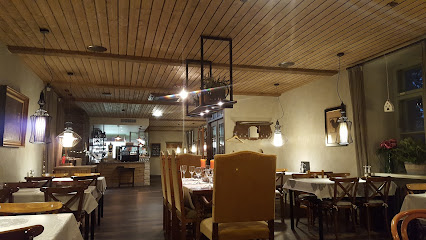
Ku-Kuu Fish Restaurant and Guesthouse in Kuursaal
Discover the flavors of the sea at Ku-Kuu Fish Restaurant and Guesthouse, where culinary excellence meets historic charm in Saare County.
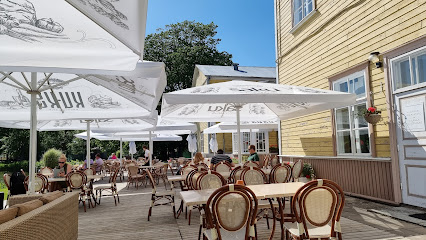
Chameleon Lounge
Discover the vibrant flavors of Chameleon Lounge in Kuressaare, where sushi, cocktails, and casual dining create a unique culinary experience.

Ristorante la Perla
Indulge in authentic Italian flavors at Ristorante la Perla, the perfect dining destination in the heart of Kuressaare.
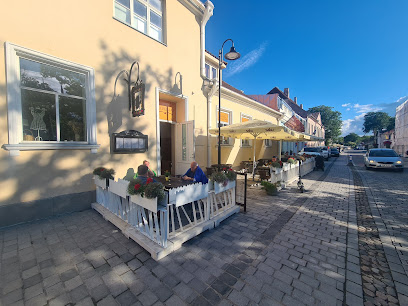
Kodulinna lokaal
Discover the authentic taste of Estonian cuisine at Kodulinna Lokaal, a cozy gastropub in Kuressaare, perfect for food lovers and travelers.
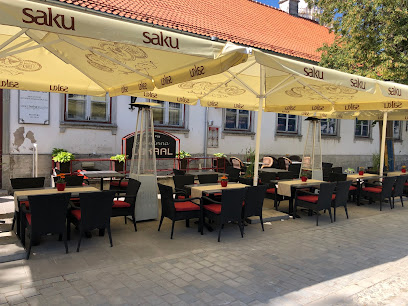
Resto HAFEN
Experience the flavors of Saare County at Resto HAFEN in Kuressaare, where fresh, local ingredients meet culinary creativity.
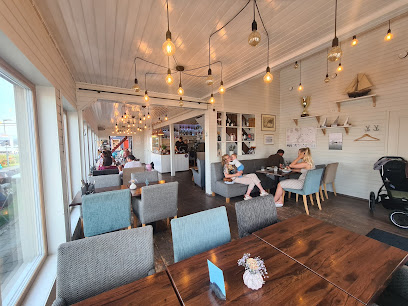
John Bull Pub
Discover the heart of Estonian pub culture at John Bull Pub in Kuressaare, where local flavors and warm hospitality await.

Pritsumaja Grill & Bar
Experience authentic Estonian cuisine at Pritsumaja Grill & Bar in Kuressaare, where local flavors and cozy ambiance create the perfect dining experience.
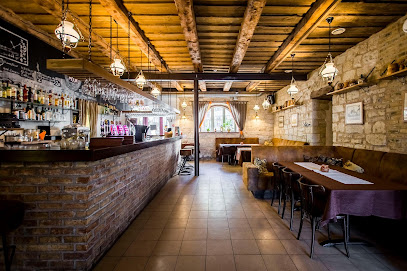
PÖIDE GRILLHOUSE
Experience authentic Estonian flavors at PÖIDE GRILLHOUSE in Kuressaare, where every meal is a celebration of local ingredients and culinary tradition.
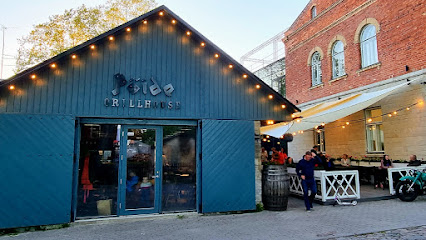
Vinoteek Restoran Prelude
Discover the exquisite flavors and fine wines at Vinoteek Restoran Prelude in Kuressaare, where every meal is a celebration of local cuisine.
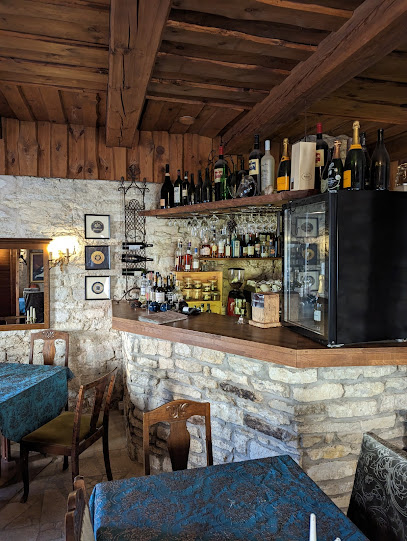
Kohvik-lounge Chameleon
Discover the cozy charm of Kohvik-lounge Chameleon in Kuressaare, where delightful coffee and a relaxing ambiance await every visitor.
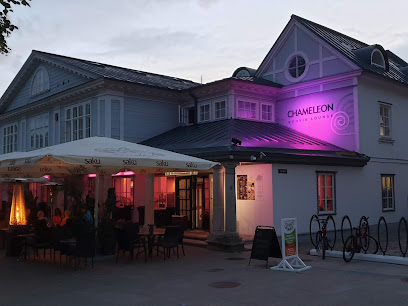
omnom söök & jook
Discover the unique flavors at Omnom Söök & Jook, a cozy bar and restaurant in Kuressaare offering BBQ delights and artisanal coffee in a welcoming atmosphere.
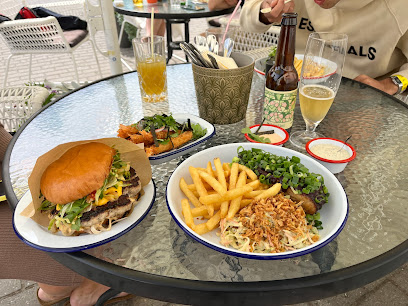
WAAG restobar
Experience the flavors of Estonia at WAAG Restobar in Kuressaare, where local ingredients meet a cozy atmosphere for a memorable dining experience.

Travel experiences inspired by this city
Explore more travel diariesLocal Phrases
-
- HelloTere
[teh-reh] - GoodbyeNägemist
[nah-geh-mist] - YesJah
[yah] - NoEi
[ay] - Please/You're welcomePalun
[pah-loon] - Thank youAitäh
[eye-tah] - Excuse me/SorryVabandust
[vah-bahn-doost] - How are you?Kuidas sul läheb?
[kwee-dahs sool leh-heb] - Fine. And you?Hästi. Ja sina?
[hah-stee yah see-nah] - Do you speak English?Kas sa räägid inglise keelt?
[kahs sah rah-ee-geed een-glee-seh kehlt] - I don't understandMa ei saa aru
[mah ay sah ah-roo]
- HelloTere
-
- I'd like to see the menu, pleaseMa tahaksin menüüd näha, palun
[mah tah-hahk-seen meh-nooood nah-hah pah-loon] - I don't eat meatMa ei söö liha
[mah ay soh lee-hah] - Cheers!Terviseks!
[ter-vee-seks] - I would like to pay, pleaseMa sooviksin maksta, palun
[mah soh-veeks-seen mahk-stah pah-loon]
- I'd like to see the menu, pleaseMa tahaksin menüüd näha, palun
-
- Help!Appi!
[ah-pee] - Go away!Mine minema!
[mee-neh mee-neh-mah] - Call the Police!Helista politseile!
[heh-lees-tah poh-leet-seh-ee-leh] - Call a doctor!Helista arstile!
[heh-lees-tah ahr-stee-leh] - I'm lostMa olen eksinud
[mah oh-lehn ehk-see-noo-d] - I'm illMa olen haige
[mah oh-lehn hah-ee-geh]
- Help!Appi!
-
- I'd like to buy...Ma tahaksin osta...
[mah tah-hahk-seen oh-stah] - I'm just lookingMa vaatan lihtsalt
[mah vah-tahn leekht-sahlt] - How much is it?Kui palju see maksab?
[kwee pahl-yoo seh mahks-ahb] - That's too expensiveSee on liiga kallis
[seh ohn lee-gah kah-lees] - Can you lower the price?Kas sa saaksid hinda alandada?
[kahs sah sah-kseed heen-dah ah-lahn-dah-dah]
- I'd like to buy...Ma tahaksin osta...
-
- What time is it?Mis kell on?
[mees kell ohn] - It's one o'clockOn üks tund
[ohn yuks toond] - Half past (10)Pool (10)-ni
[pohl (10)-nee] - MorningHommik
[hoh-mik] - AfternoonPäev
[piev] - EveningÕhtu
[ooh-too] - YesterdayEile
[ay-leh] - TodayTäna
[tah-nah] - TomorrowHomme
[hoh-meh] - 1Üks
[yooks] - 2Kaks
[kahks] - 3Kolm
[kohlm] - 4Neli
[neh-lee] - 5Viis
[vees] - 6Kuus
[koos] - 7Seitse
[seyt-seh] - 8Kaheksa
[kah-hehk-sah] - 9Üheksa
[yuh-hehk-sah] - 10Kümme
[koom-meh]
- What time is it?Mis kell on?
-
- Where's a/the...?Kus on ...?
[koos ohn] - What's the address?Mis on aadress?
[mees ohn ah-a-dress] - Can you show me (on the map)?Kas sa saaksid mulle näidata (kaardil)?
[kahs sah sah-kseed mool-leh nah-ee-tah-dah kaahr-deel] - When's the next (bus)?Millal on järgmine (buss)?
[meel-lahl ohn yairg-mee-neh booss] - A ticket (to ....)Pilet (....-sse)
[pee-leht -sseh]
- Where's a/the...?Kus on ...?
History of Kuressaare
-
Kuressaare, located on the island of Saaremaa in Estonia, traces its origins back to the 14th century. The town was first mentioned in historical records in 1381. Its strategic location made it a significant center for trade and defense in the region.
-
One of the most iconic landmarks of Kuressaare is its medieval castle, which was constructed by the Teutonic Order in the late 14th century. The castle served not only as a fortress but also as the administrative center for the order's activities in Saaremaa. Over the centuries, it underwent several renovations and played a crucial role in various military conflicts.
-
In the late 16th century, Kuressaare came under Swedish control as part of the Treaty of Altmark. During this period, the town saw significant development, including the establishment of schools and the improvement of local infrastructure. The Swedish era left a lasting impact on the architectural and cultural landscape of Kuressaare.
-
After the Great Northern War, Kuressaare, along with the rest of Estonia, became part of the Russian Empire in 1710. The town was renamed Arensburg and saw further development under Russian rule. The 19th century brought industrialization and modernization to Kuressaare, including the construction of new public buildings and the introduction of rail connections.
-
The 20th century was a period of significant upheaval for Kuressaare. The town experienced both World Wars and the subsequent occupations by Soviet and Nazi forces. Kuressaare endured significant damage during these conflicts, but it also saw moments of resilience and rebuilding. The post-World War II era brought Soviet influence, which lasted until Estonia regained its independence in 1991.
-
Today, Kuressaare is a charming and vibrant town that beautifully blends its rich history with modern amenities. It has become a popular tourist destination, known for its well-preserved medieval architecture, including the iconic Kuressaare Castle, and its serene spa resorts. The town also hosts various cultural events and festivals that celebrate its unique heritage.
Kuressaare Essentials
-
Kuressaare is located on the island of Saaremaa in Estonia. The nearest international airport is Lennart Meri Tallinn Airport in Tallinn, approximately 220 kilometers away. From Tallinn, you can take a bus or drive to the port of Virtsu, where you will catch a ferry to Kuivastu on Muhu Island. From Kuivastu, it is about a 75-kilometer drive to Kuressaare. Alternatively, there are direct flights from Tallinn to Kuressaare Airport, which take around 45 minutes.
-
Kuressaare is a compact town, and many attractions are within walking distance. For longer trips, local taxis are readily available. There are also regular bus services connecting Kuressaare with other parts of Saaremaa and the mainland. Bicycles can be rented for a more scenic mode of transport. Car rentals are available for those wanting to explore the island at their own pace.
-
The official currency in Estonia is the Euro (EUR). Credit cards are widely accepted in hotels, restaurants, and shops in Kuressaare. ATMs are available throughout the town for cash withdrawals. While most transactions can be completed using cards, it is a good idea to have some cash on hand for small purchases or when visiting rural areas.
-
Kuressaare is generally a safe destination for tourists. However, it is always advisable to take standard precautions. Avoid walking alone at night in unfamiliar areas and keep an eye on your belongings in crowded places. There are no specific high-crime areas targeting tourists, but staying vigilant and aware of your surroundings is always best practice.
-
In case of emergency, dial 112 for immediate assistance, which covers police, fire, and medical emergencies. Kuressaare Hospital is located in the town and provides medical services. It is advisable to have travel insurance that covers medical emergencies. There are several pharmacies in Kuressaare where you can purchase over-the-counter medications.
-
Fashion: Do dress comfortably and consider the weather, but avoid overly casual attire in formal settings. Religion: Do respect local customs and traditions, especially when visiting churches. Public Transport: Do be respectful to other passengers and give up your seat to elderly people. Don’t eat or drink on public transport. Greetings: Do greet people with a smile and a handshake. Eating & Drinking: Do try local dishes and enjoy the local cuisine. Don't refuse food or drink when offered, as it can be considered impolite.
-
To experience Kuressaare like a local, visit the town’s markets where you can buy fresh produce and local handicrafts. Engage with the locals, as they are friendly and often willing to share stories about their town's history and culture. Don’t miss the Kuressaare Castle, a well-preserved medieval fortress. For a relaxing experience, visit one of the town’s many spas. Take a walk along the beach promenade for beautiful views of the Baltic Sea.
Trending Landmark in Kuressaare
-
Kuressaare linnus
-
Suur Tõll ja Piret
-
Kuressaare raekoda – Saaremaa Vallavolikogu
-
SAARE KEK
-
Saaremaa Muuseum
-
Keskaja Elamuskeskus/ Medieval Activity Centre/ Archebald
-
Laurentiuse kirik
-
Kuressaare Siioni kirik
-
Kuressaare birdwatching tower
-
Vabadussõjas langenud saarlaste mälestusmärk
-
The Aavik House Museum
-
Suursild
-
Sadamaait
-
Kuressaare kindluse pukktuulik
-
Kuressaare linnuse vallikraav
Nearby Cities to Kuressaare
-
Things To Do in Kärdla
-
Things To Do in Haapsalu
-
Things To Do in Ventspils
-
Things To Do in Talsi
-
Things To Do in Pärnu
-
Things To Do in Kuldiga
-
Things To Do in Rapla
-
Things To Do in Jurmala
-
Things To Do in Riga
-
Things To Do in Viljandi
-
Things To Do in Tallinn
-
Things To Do in Sigulda
-
Things To Do in Paide
-
Things To Do in Cesis
-
Things To Do in Liepaja















